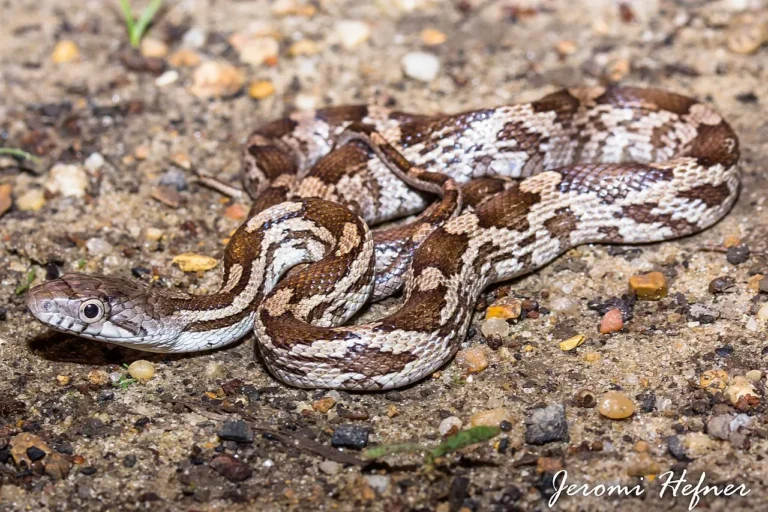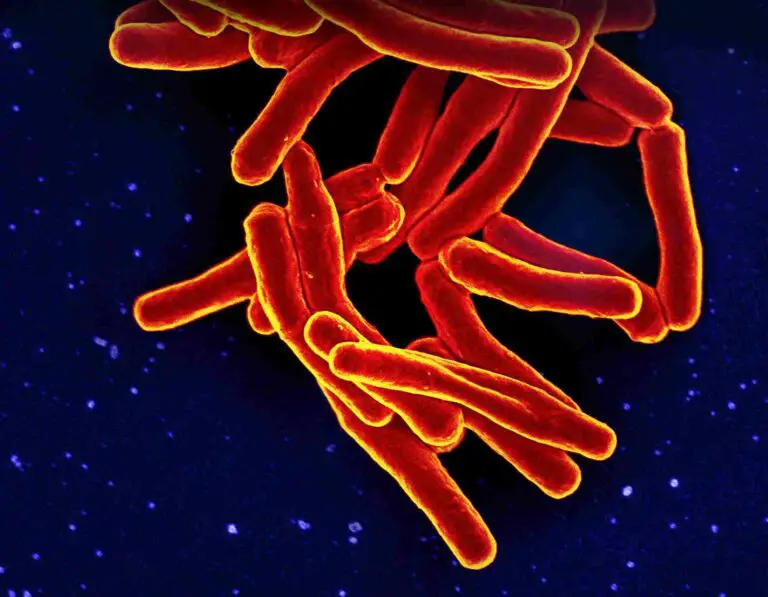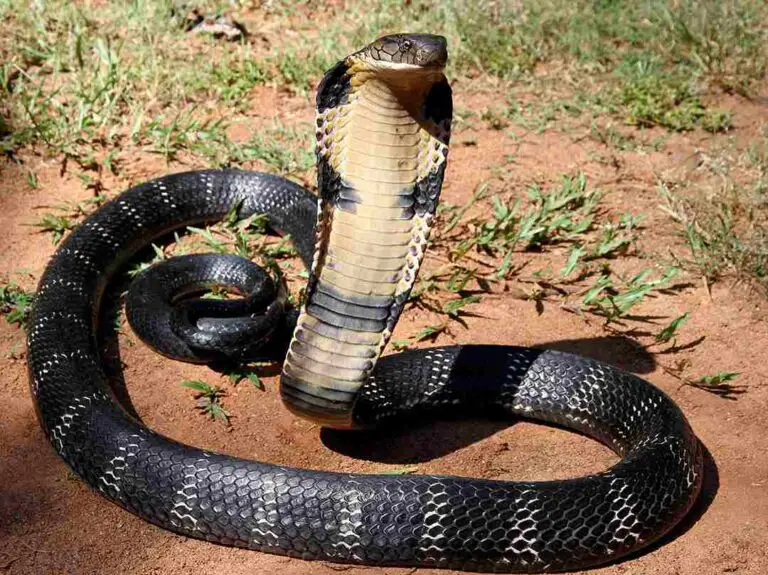9 Advantages of Conservation Tillage Explained
Advantages of conservation tillage are; soil carbon increase, moisture retention, increased infiltration, soil species’ optimization, temperature stabilization, erosion mitigation, improved soil fertility, high productivity, and energy conservation.
This article discusses the advantages of conservation tillage, as follows;
1). Increase in Soil Carbon (as one of the Advantages of Conservation Tillage)
Conservation tillage is known to increase biomass content and soil organic carbon (SOC) in soils on which it is implemented [9].
The reason for this is that conservation tillage reduces mechanical stirring and digging of the soil, thereby minimizing the emission of carbon in the form of CO2; a greenhouse gas, into the atmosphere.
On the contrary, conservation tillage improves carbon capture and storage or sequestration, in agricultural soils [5]. When carbon dioxide-producing processes like biodegradation occur, the CO2 is unable to escape from its physical confinement in the soil due to minimal tillage.
By reducing CO2 release from soil, conservation tillage improves soil production potential, increases its usefulness as a natural carbon sink, and mitigates environmental degradation which could occur in the form of climate change and global warming, among other effects of greenhouse emission.
Other sustainable agricultural practices like crop residue management, which are part of conservation tillage, further contribute to the supply and storage of organic carbon in the soil.

2). Moisture Retention and Conservation
Conservation tillage can be classified as a method of soil conservation, as well as a technique for water conservation.
This is arguable based on the positive effect which conservation tillage generally has on the water-holding capacity or retention, of soils.
There are various factors that can be used to explain this effect. One of them is the factor of soil physicochemical attributes.
Conservation tillage increases and optimizes the bulk density of soil, as well as the rate of infiltration [1]. By improving these attributes, the ability of the soil to absorb and retain water increases.
In the context of moisture retention capacity, it is important to consider the fact that conservation tillage preserves and enhances the structure of soil, especially at the topmost layer. Such improvement in structure contributes to the soil’s ability to retain moisture.
3). Increased Infiltration (as one of the Advantages of Conservation Tillage)
Study has shown that conservation tillage can increase the rate of infiltration in soils by up to 37% [11].
There are some reasons why this is possible.
Conservation tillage protects the soil surface, externally (using crop residue as mulch) and internally (by optimizing the structure of the soil). As a result, the potency of erosive agents like runoff, is reduced. Such runoff is rather absorbed by the soil.
Crop residue over the soil surface helps to reduce the rate of evapotranspiration, and loss of soil moisture. This also ensures that enough water infiltrates the soil.
Lastly, the stabilization of topsoil in conservation tillage, mitigates soil dynamics that affect infiltration negatively.
The role of conservation tillage in increasing infiltration, is linked to its role in mitigating soil erosion and increasing moisture retention. These three advantages of conservation tillage are closely related and occur simultaneously.
4). Soil Species Optimization
Through conservation tillage, it is possible to achieve ecological sustainability in the agricultural ecosystem.
One of the proofs of this is the effect of conservation tillage on soil species abundance.
In recent time, conservation tillage has garnered scientific interest for its ability to optimize the energy pyramid, geochemical cycles, and the processes and functions of the ecosystem [8].
Among the findings from various studies, it has been observed that conservation tillage increases the population of microbes in soil, as well as some macro-species populations like earthworms.
The reasons for this are numerous, and include increase in organic matter and nutrients, soil stabilization and structural optimization, and physicochemical equilibrium.
However, some studies argue that conservation tillage increases only species population, but does not have any effect on biodiversity [3]. While this could be the case, an increase in soil species population still has significant, positive effects on the soil’s fertility and productivity.
An optimized ecological makeup can act as a spontaneous bioremediation system in soil as well, thereby helping to mitigate degradation.
5). Temperature Stabilization (as one of the Advantages of Conservation Tillage)
In addition to other advantages of conservation tillage that have been discussed, the method is useful for stabilizing the temperature of soil.
Studies have shown that soils on which conservation tillage is being implemented, have generally cooler temperatures than others on which conventional tillage is applied [6].
The regulation of soil temperature can be attributed to factors like soil covering, and structural preservation. Because disturbance is minimized and soil is covered, fluctuations in temperature are reduced.
Temperature stabilization helps prevent root damage, preserves soil organisms and improves crop productivity.
6). Erosion Mitigation
One of the well-known advantages of conservation tillage is its role in mitigating soil erosion.
Conservation tillage reduces erosion by stabilizing soil aggregate, improving structural resilience, and providing physical protection for top soil in the form of crop residue.
The unique attribute of this method with respect to erosion control, is its versatility. Unlike other techniques, conservation tillage is not restricted to any specific set of conditions, and can be used in flat or hilly terrain, as well as with various soil types.
Also, conservation tillage can be integrated with other sustainable farming practices like composting, cover cropping and contour farming, to control erosion [2].

7). Improved Soil Fertility (as one of the Advantages of Conservation Tillage)
Improvement of soil fertility is a benefit of conservation tillage, especially with respect to the top soil layer [7].
The effect of conservation tillage on soil fertility is highly beneficial, because it affects long-term performance of the soil, and can lead to good productivity for extended periods of time.
Factors like organic content optimization, moisture retention increase, and erosion control, all contribute to this effect on fertility.
Conservation tillage is recommendable for soils that are vulnerable to fertility loss through leaching and desertification, among others.
8). High Long-term Productivity
Conservation tillage leads to high productivity in the long-term, by improving the fertility, stability and composition of soil [4].
In arid, semi-arid, and other regions, the practice of conservation tillage can optimize crop yields.
The short-term productivity of soil under this system of farming may not be spectacular, and may even be lower than that of conventional tillage.
However, as organic matter, moisture and nutrients accumulate, and as the structure of the soil becomes more stable and resilient, crop yields tend to increase significantly.
9). Energy Conservation (as one of the Advantages of Conservation Tillage)
Conservation tillage is a good way to achieve both energy efficiency and energy conservation in agriculture [10].
This is possible because the minimization of soil tillage reduces the amount of energy expended for such activities.
Conservation tillage saves energy in various forms including labor, irrigation water supply, fossil fuel, biofuel, renewable energy, and electricity. The demand for these resources is usually less compared to conventional tillage.
It can also be said that conservation tillage is an energy-efficient practice because of its high productivity from energy input in the long-term.
By conserving energy, the environment is protected from degrading effects of energy resources, thereby reducing cost of environmental remediation, soil restoration, and similar projects.
Conclusion
Advantages of conservation tillage are;
1. Increase in Soil Carbon
2. Moisture Retention and Conservation
3. Increased Infiltration
4. Soil Species Optimization
5. Temperature Stabilization
6. Erosion Mitigation
7. Improved Soil Fertility
8. High Long-term Productivity
9. Energy Conservation
References
1). Bekele, D. (2020). “The Effect of Tillage on Soil Moisture Conservation: A Review.” International Journal of Research Studies in Computing Volume 6(Issue 10):PP 30-41. Available at: https://doi.org/10.20431/2454-6224.0610004. (Accessed 4 September 2022).
2). Bhatt, B.; Arora, S. (2019). “Tillage and mulching options for conserving soil and water and improving livelihoods.” Journal of Soil and Water Conservation 18(3):230-234. Available at: https://doi.org/10.5958/2455-7145.2019.00032.8. (Accessed 4 September 2022).
3). Boscutti, F.; Sigura, M.; Gambon, N.; Lagazio, C.; Krüsi, B. O.; Bonfanti, P. (2015). “Conservation Tillage Affects Species Composition But Not Species Diversity: A Comparative Study in Northern Italy.” Environmental Management 55(2). Available at: https://doi.org/10.1007/s00267-014-0402-z. (Accessed 4 September 2022).
4). Jug, D.; Jug, I.; Đurđević, B.; Brozović, B.; Vukadinović, V.; Birkas, M.; Lipiec, J. (2019). “Effect of conservation tillage on crop productivity and nitrogen use efficiency.” Soil and Tillage Research 194(4). Available at: https://doi.org/10.1016/j.still.2019.104327. (Accessed 4 September 2022).
5). Lal, R.; Kimble, J. M. (1997). “Conservation tillage for carbon sequestration.” Nutrient Cycling in Agroecosystems 49(1):243-253. Available at: https://doi.org/10.1023/A:1009794514742. (Accessed 4 September 2022).
6). Moroizumi, T. (2002). “The Effects of Tillage on Soil Temperature and Soil Water.” Soil Science 167(8):548-559. Available at: https://doi.org/10.1097/00010694-200208000-00006. (Accessed 4 September 2022).
7). Peigné, J.; Jean-françois, V.; Payet, V.; Saby, N. P. (2018). “Soil fertility after 10 years of conservation tillage in organic farming.” Soil and Tillage Research 175:194-204. Available at: https://doi.org/10.1016/j.still.2017.09.008. (Accessed 4 September 2022).
8). Sapkota, T. B. (2012). “Conservation Tillage Impact on Soil Aggregation, Organic Matter Turnover and Biodiversity.” Organic Fertilisation, Soil Quality and Human Health (pp.141-160). Available at: https://doi.org/10.1007/978-94-007-4113-3_6. (Accessed 4 September 2022).
9). Sharma, P.; Sharma, N.; Abrol, V.; Sharma, K. R.; Phogat, V. K.; Vikas, V.(2016). “Impact of Conservation Tillage on Soil Organic Carbon and Physical Properties –a Review.” Available at: https://doi.org/10.23910/IJBSM/2016.7.1.1387. (Accessed 4 September 2022).
10). Teodor, R. (2014). “Energy efficiency and soil conservation in conventional, minimum tillage and no-tillage.” International Soil and Water Conservation Research 21(4). Available at: https://doi.org/10.1016/S2095-6339(15)30057-5. (Accessed 4 September 2022).
11). Thierfelder, C.; Patrick, C. W. (2009). “Effects of conservation agriculture techniques on infiltration and soil water content in Zambia and Zimbabwe.” Soil and Tillage Research 105(2):217-227. Available at: https://doi.org/10.1016/j.still.2009.07.007. (Accessed 4 September 2022).



